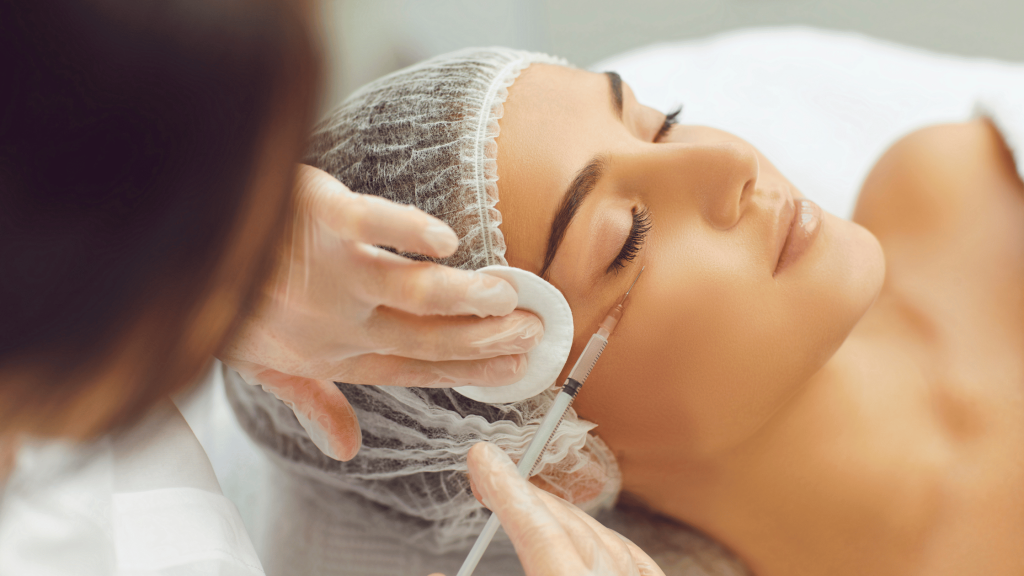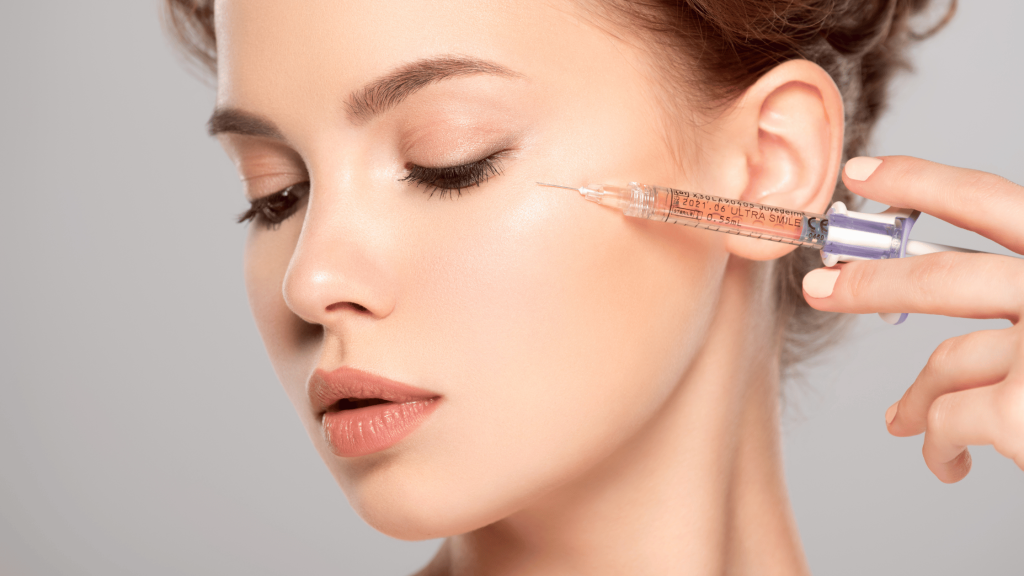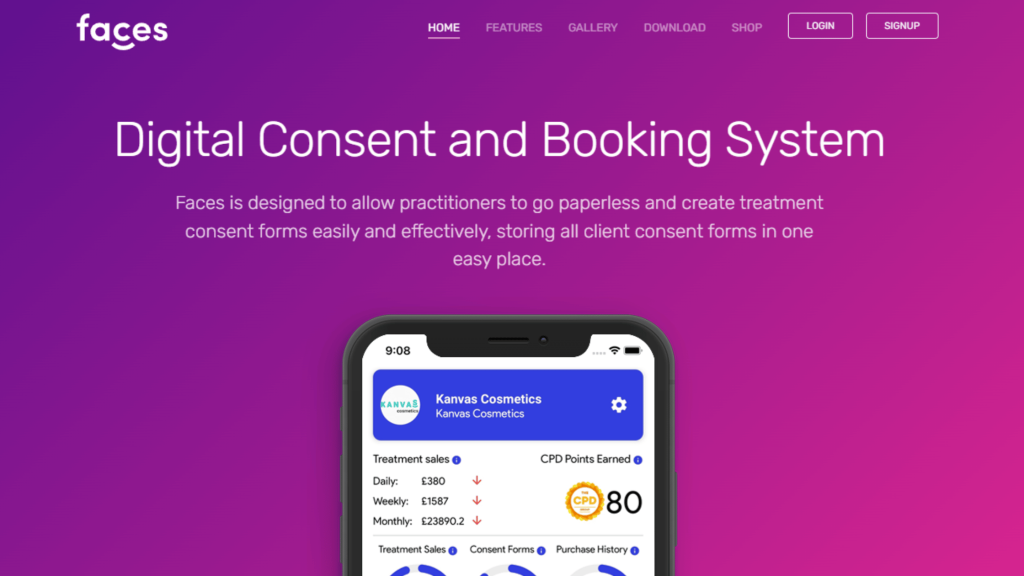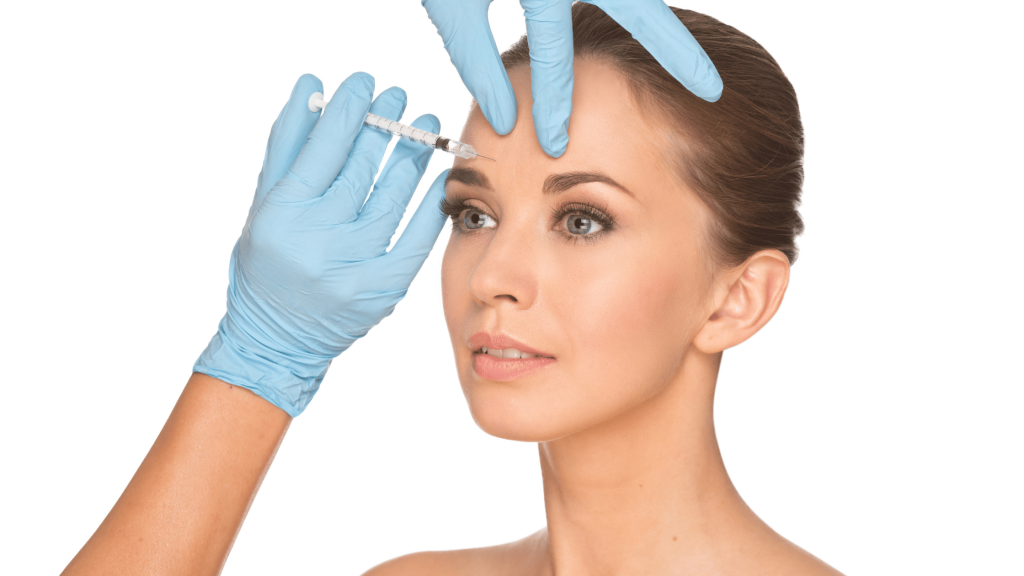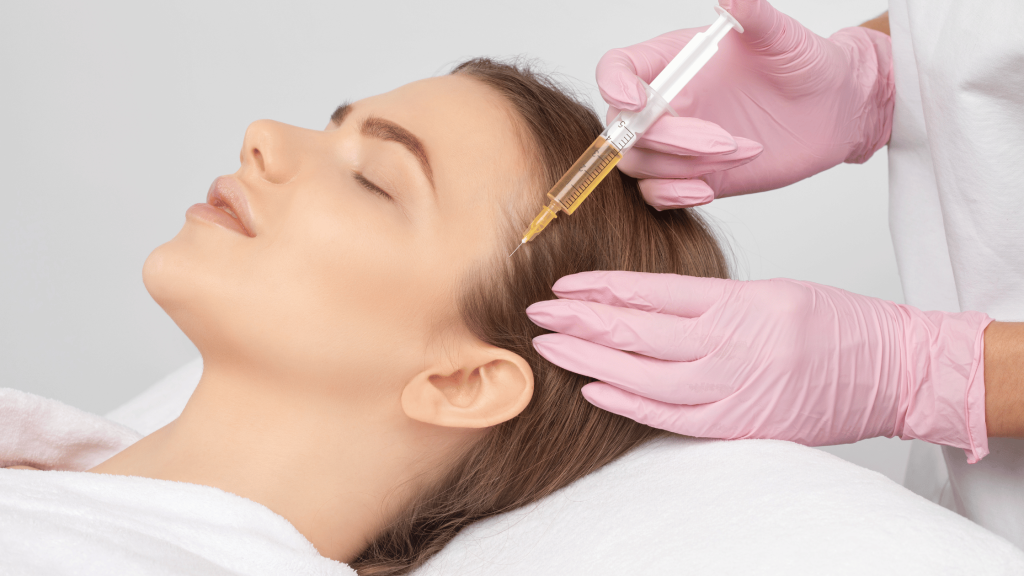
Navigating the ever-changing world of aesthetic medicine can be challenging, yet exciting. As a clinic owner, one of the most critical decisions you have to make is choosing the right services to offer. The choice should align with your clientele’s needs and expectations while also considering the broader market trends.
Understanding Your Client Base
The first essential step in the selection process is to understand your client base thoroughly. You need to know who your customers are, their age demographics, their aesthetic goals, and their preferences regarding treatment modalities. For instance, are your clients young, looking for preventative treatments? Or are they older, seeking solutions to reverse signs of aging? Also, gauge their openness towards invasive procedures. An accurate understanding of your clients’ profile will give you a clear direction when selecting services to offer.
Staying Abreast with Trends
Keeping pace with industry trends is another crucial aspect. Treatments like Hyaluronic Acid fillers, botulinum toxin injections, laser treatments, and microneedling are perennially popular. Moreover, newer procedures such as Platelet-Rich Plasma (PRP) treatments, fat freezing methods, and high-intensity focused ultrasound (HIFU) are becoming increasingly popular. Participating in industry conferences, subscribing to trade journals, and networking with industry peers are excellent ways to stay current with evolving trends.
Evaluating Services
Once you’ve identified potential services, a thorough evaluation is paramount. This process should encompass scrutinising the scientific evidence behind each treatment, its effectiveness, potential side effects, downtime, and client satisfaction rates. Consulting with industry experts, examining clinical studies, and researching the reputation of the product or technology manufacturer should be part of your evaluation process.

Training and Expertise
Your clinic should be equipped with the necessary expertise to provide new services safely and effectively. This means investing in proper training for yourself and your staff for any new procedures. Training costs should also be factored in when considering adding new services.
Financial Considerations
The financial aspect is critical. Aesthetic services often require significant investment in equipment, supplies, and training. Therefore, consider the potential return on investment (ROI). What will you charge for the service, and how many procedures will it take to recoup the initial investment? Remember to factor in the cost of consumables and equipment maintenance when calculating ROI.
Regulatory Compliance
Regulatory compliance is a crucial consideration. Ensure that any new treatments you plan to offer are in line with local regulations and industry standards. The safety and well-being of your clients should always be your primary concern.
In Conclusion
Selecting the right aesthetic services for your clinic is a multifaceted task. It demands an understanding of your client base, staying abreast with industry trends, a critical evaluation of potential services, acquiring necessary training, financial analysis, and regulatory compliance. By carefully considering these elements, you can provide services that not only meet your clients’ needs but also contribute to the growth and success of your clinic. Aesthetic medicine is a dynamic field, and making informed choices can be the difference between a thriving practice and one that just gets by. Embrace the challenge, keep your finger on the pulse of this vibrant industry, and let your clinic shine with a tailored, relevant menu of services.







